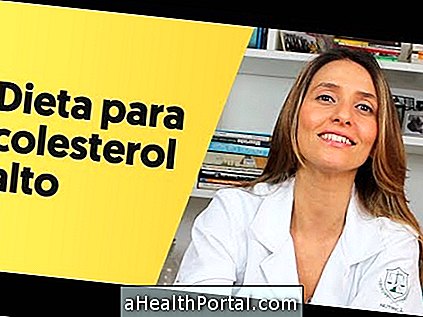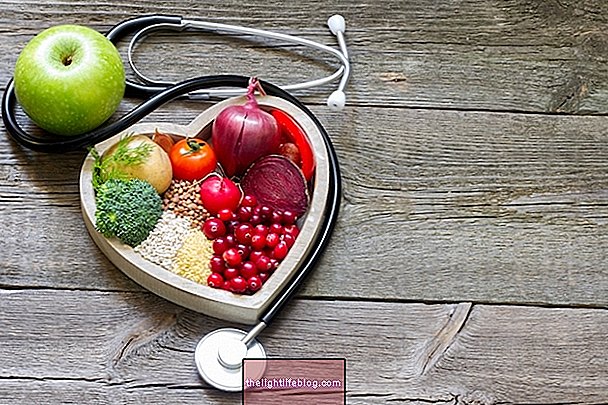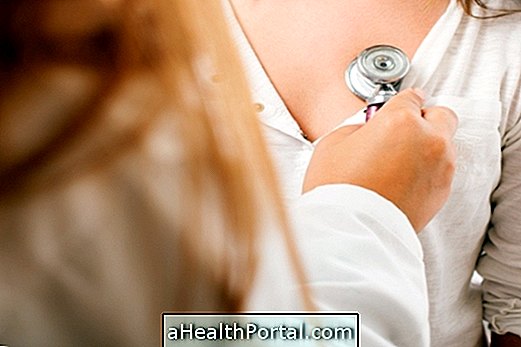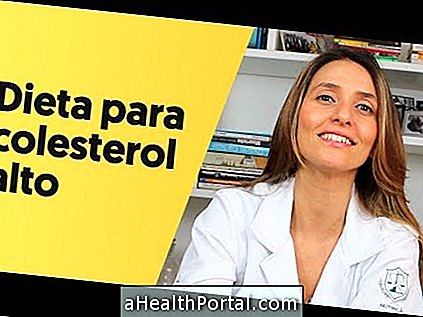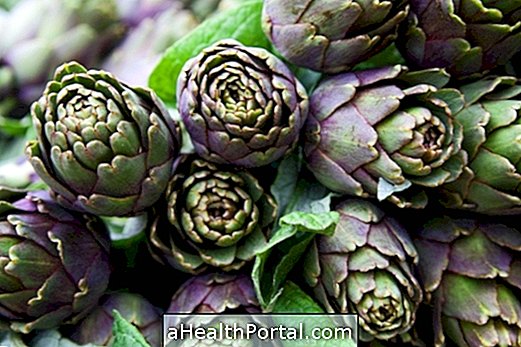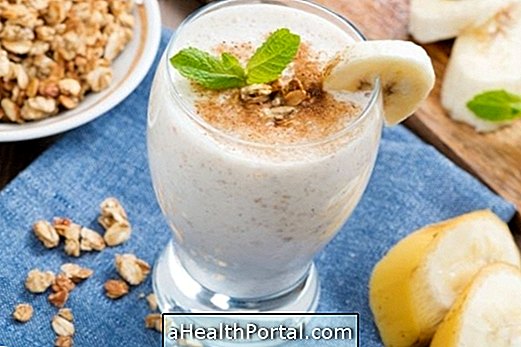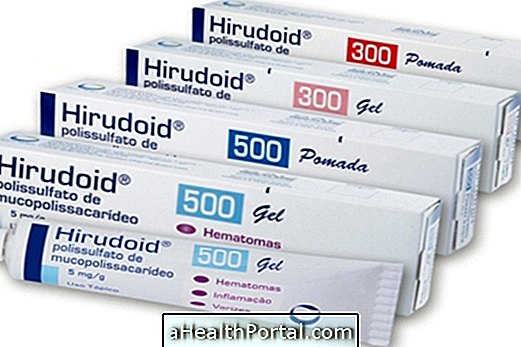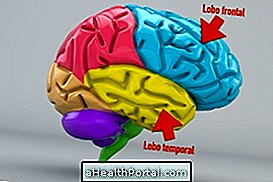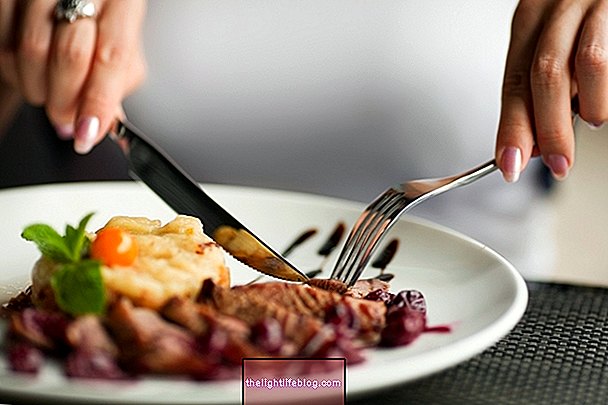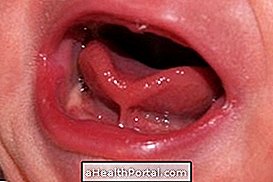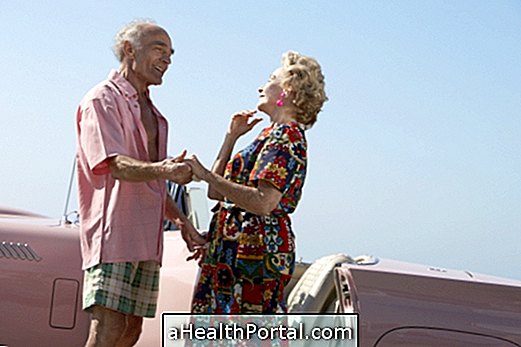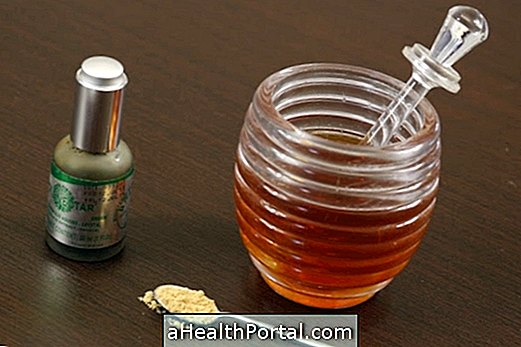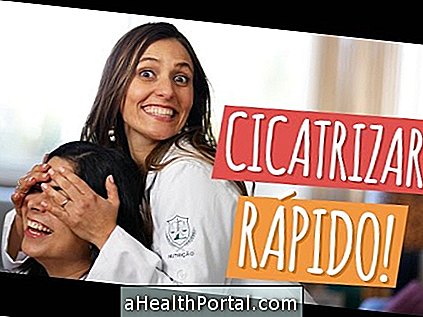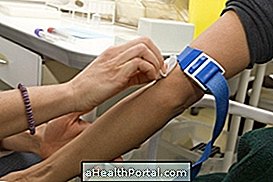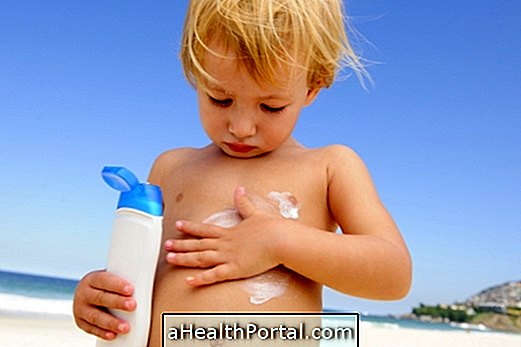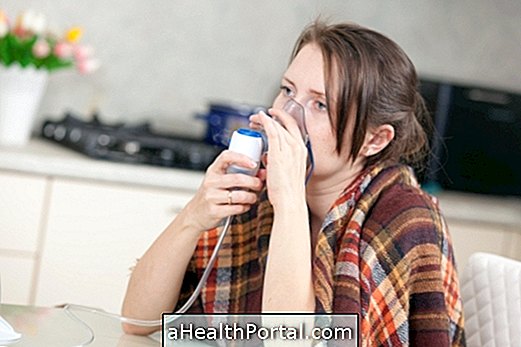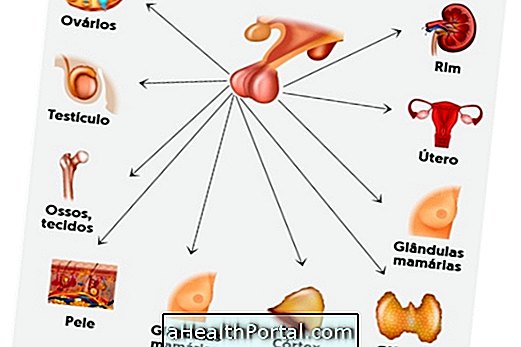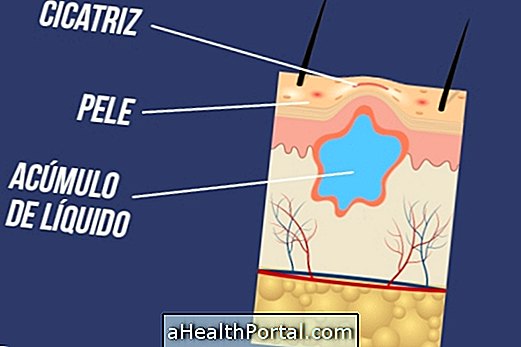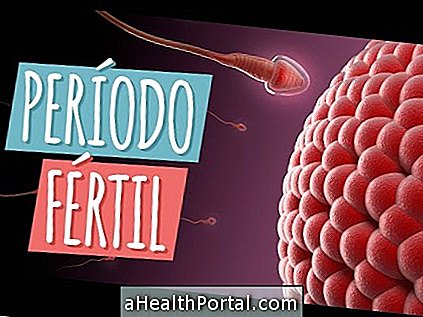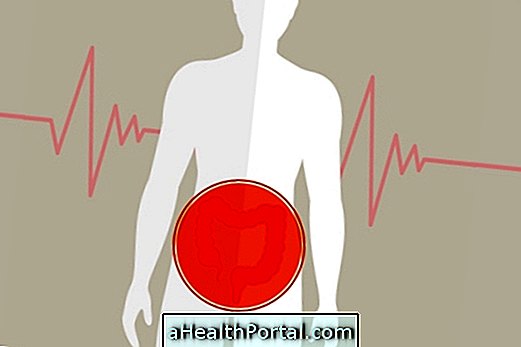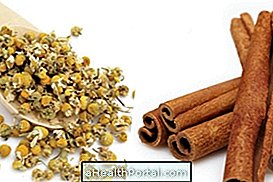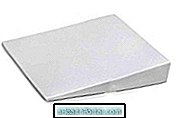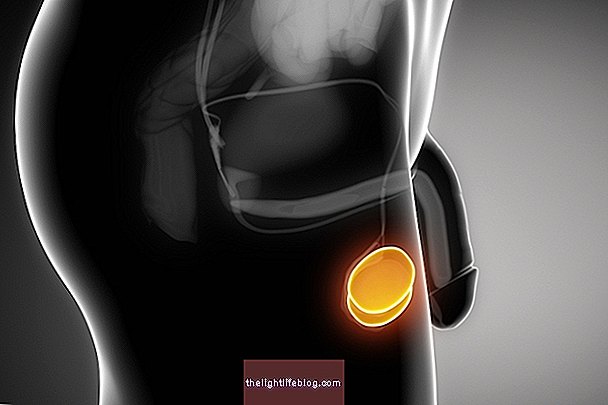To improve HDL cholesterol, also known as good cholesterol, one should increase the consumption of foods rich in good fats such as avocados, nuts, peanuts and fatty fish such as salmon and sardines.
HDL cholesterol acts by removing fat molecules from the blood, which when they accumulate can cause problems like atherosclerosis and heart attack. Thus, the recommendation is that HDL values are always above 40 mg / dL in both men and women.
What to do to raise good cholesterol
To increase the concentration of HDL cholesterol in the blood one should consume foods rich in good fats, such as:
- Fatty fish such as salmon, sardines and tuna as they are high in omega-3s;
- Seeds like chia, flaxseed and sunflower, as they are also natural sources of omega-3, besides being rich in fiber;
- Oil - bearing fruits such as cashew nuts, Brazil nuts, peanuts, nuts and almonds;
- Avocado and olive oil, because they are rich in unsaturated fats, which help with cholesterol.
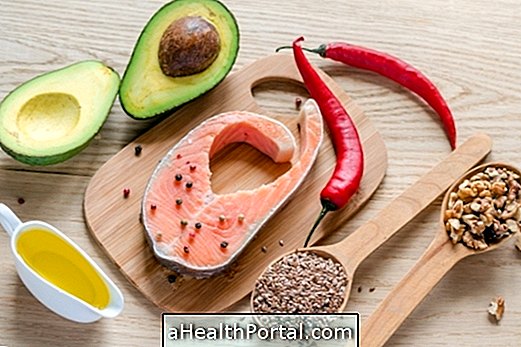
Another important guideline is to increase physical activity, starting to exercise at least 3 times a week, as it helps control weight, regulate cholesterol production and stimulate fat loss.
Symptoms of low HDL cholesterol
Low HDL cholesterol does not produce any symptoms as a warning sign, but you may suspect that your cholesterol levels are low if you have factors such as: excessive abdominal fat, lack of regular physical activity, and excessive consumption of foods rich in bad fats such as fried foods, fast foods, sausages, stuffed biscuits and frozen ready-made foods.
In these cases, it is recommended to go to the doctor and have a blood test to check cholesterol levels, initiating appropriate treatment if necessary. In general, after following the recommendations of the doctor and the nutritionist, after about 3 months the test should be repeated and the cholesterol values should have lowered or returned to normal. Check out the Blood Reference Cholesterol Benchmarks.
What Causes Low HDL Cholesterol

HDL may be low due to genetic factors influencing their production by the liver, and due to poor lifestyle, such as being sedentary, having a poor diet, being overweight, having high triglycerides, smoking, and using medications that hormone production, such as corticosteroids.
Children with low HDL cholesterol usually have a history of cardiovascular disease in the family or are very overweight, consume too much sugar and do not engage in any physical activity. In that case, the blood test for cholesterol should be done from 2 years of age. Learn What to do when high cholesterol is genetic.
Risks of low HDL cholesterol
When good cholesterol is low, with values less than 40 mg / dL, there is an increased risk of cardiovascular disease because it increases the risk of accumulation of fat in the blood vessels, interrupting the normal passage of blood and may cause problems such as:
- Acute myocardial infarction;
- Deep vein thrombosis;
- Arterial diseases;
- Stroke (stroke).
The risk of low HDL complications is greater in individuals who also have high LDL and VLDL cholesterol, and when other health problems are also present, such as overweight, high blood pressure, smoking, and diabetes. In these situations balancing cholesterol levels is even more necessary.
Watch the video below and see some examples of home cholesterol-lowering medicines:

